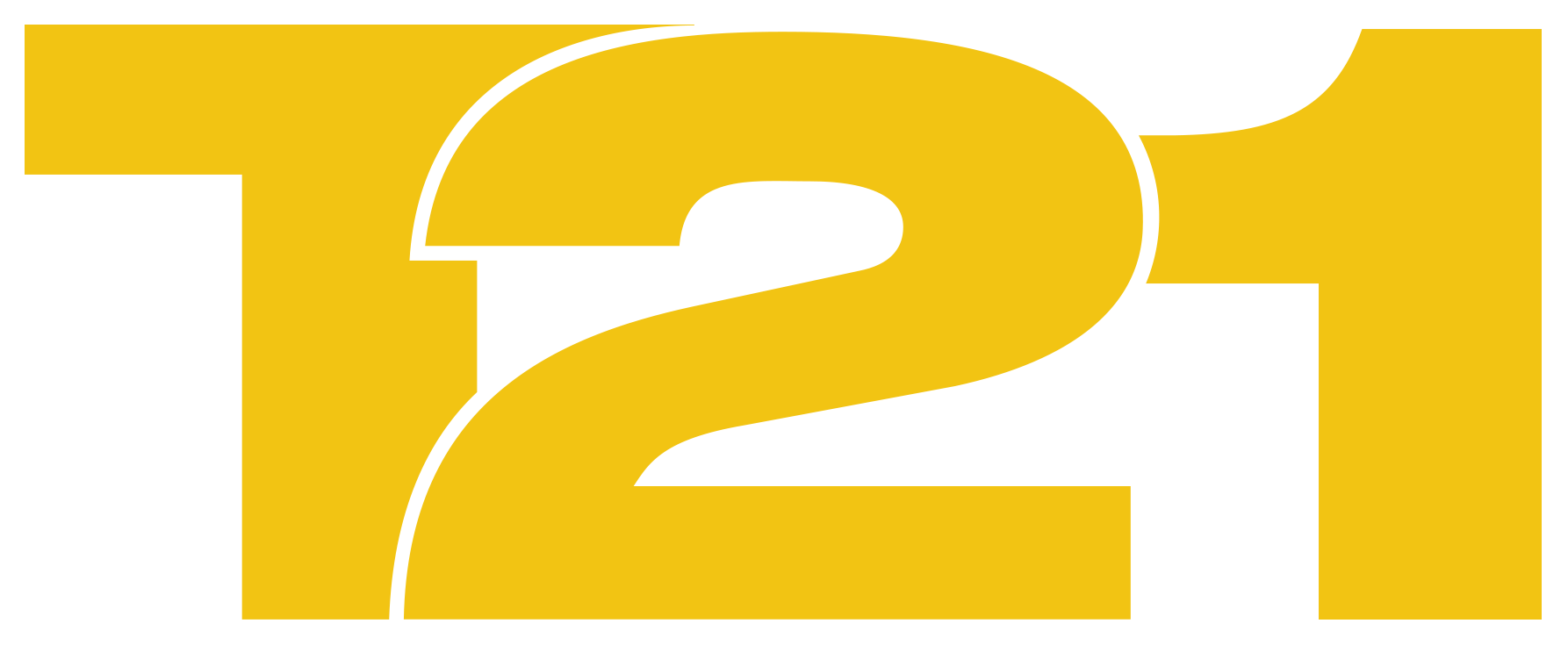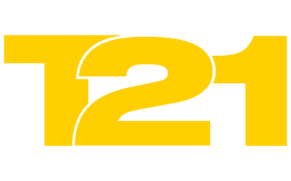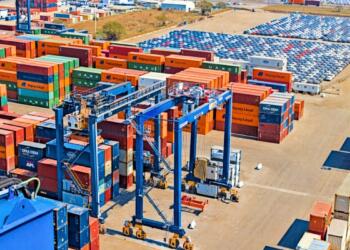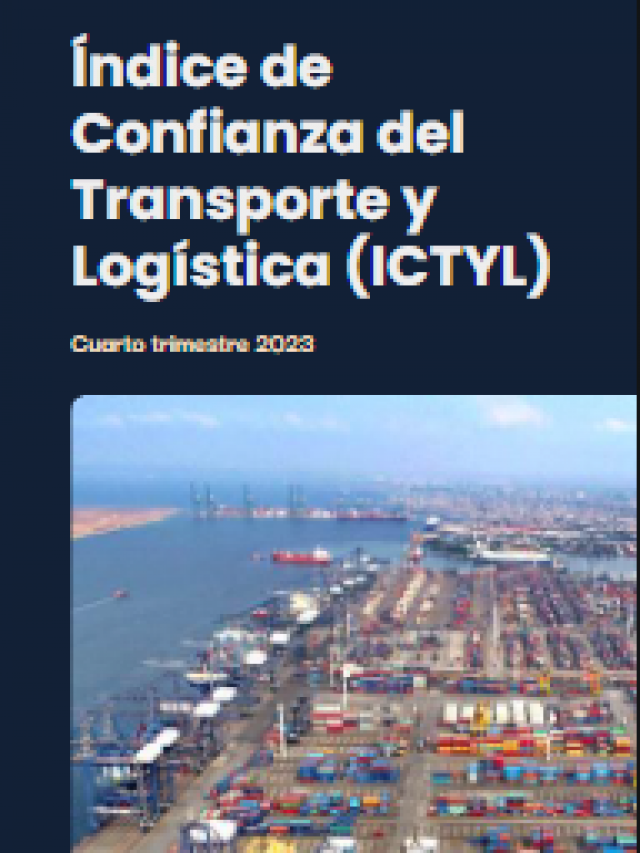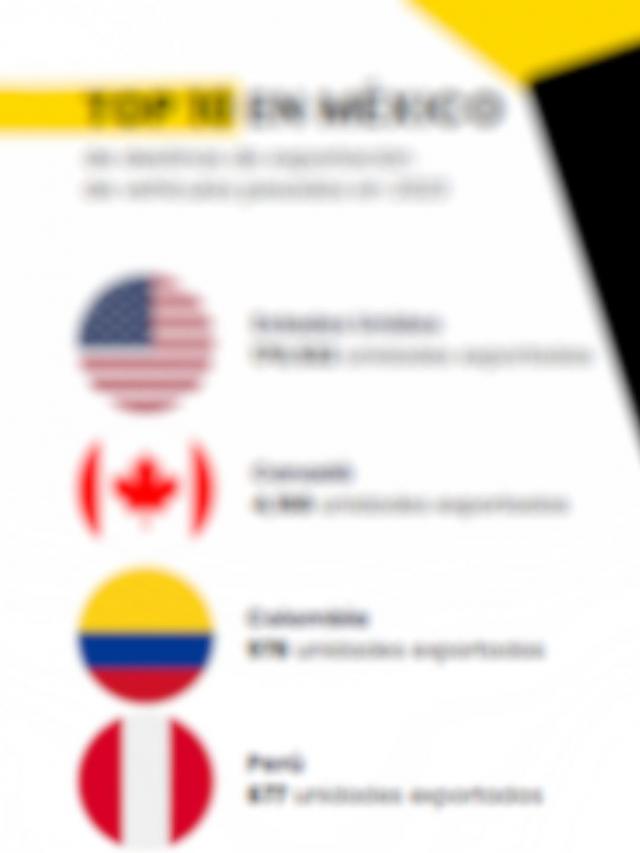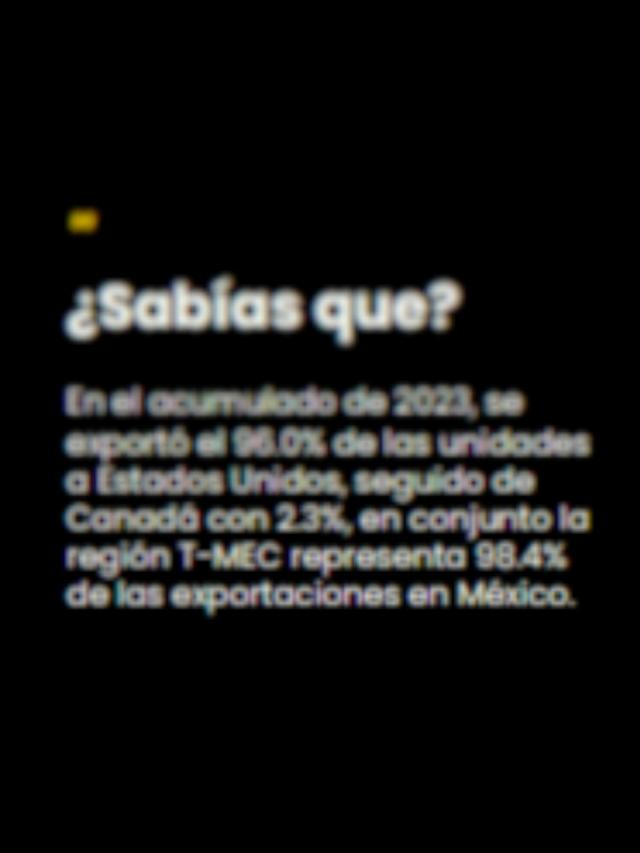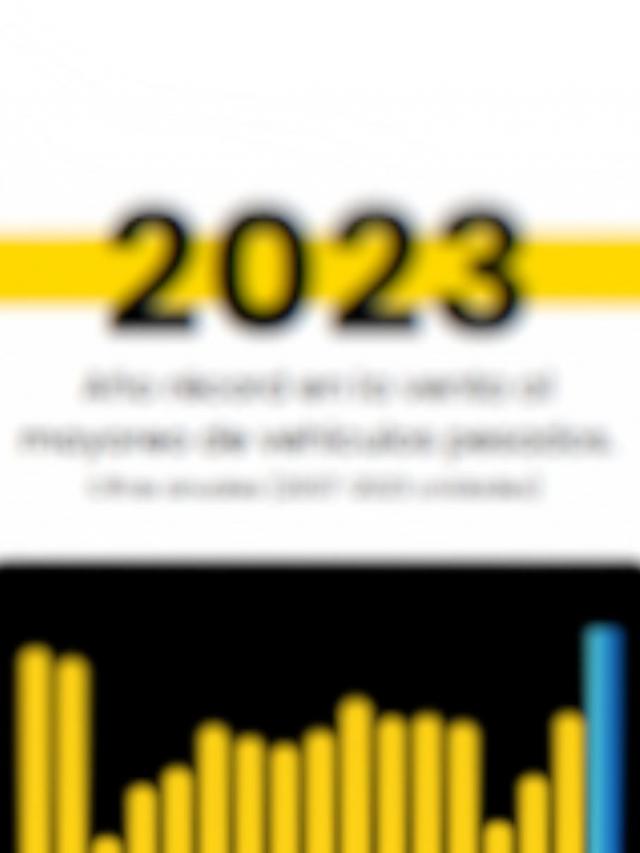 On March 27 of this year, Hyundai, South Korea’s largest vehicle manufacturer, became the first automaker to conduct a pilot test across the Isthmus of Tehuantepec Interoceanic Corridor (CIIT), one of the flagship projects of Andrés Manuel López Obrador’s previous administration, which Mexico’s President Claudia Sheinbaum will continue. It is being established as a logistics alternative for the transport of goods between the Pacific and Atlantic Oceans.
On March 27 of this year, Hyundai, South Korea’s largest vehicle manufacturer, became the first automaker to conduct a pilot test across the Isthmus of Tehuantepec Interoceanic Corridor (CIIT), one of the flagship projects of Andrés Manuel López Obrador’s previous administration, which Mexico’s President Claudia Sheinbaum will continue. It is being established as a logistics alternative for the transport of goods between the Pacific and Atlantic Oceans.David Plata, Head of Finished Vehicle Logistics in Mexico at Hyundai Glovis , the South Korean automaker’s global logistics operator, explains the details of this first pilot test in an interview with T21.
The Glovis Cosmos ship sailed from South Korea to arrive first at the port of Lázaro Cárdenas where it unloaded cargo, and then headed to the port of Salina Cruz, Oaxaca, with the 900 vehicles that were unloaded and transported via the Isthmus of Tehuantepec Railway (FIT) to the port of Coatzacoalcos, Veracruz, where the RCC África ship departed on April 3 bound for the east coast of the United States.
The crossing into Mexico took six days, although Plata claims it actually took four. The delay: the ceremonies.
Following this initial logistical move, companies are reviewing efficiencies, timelines, costs, productivity, and other aspects to create a more consistent macro-operation and offer the route as an alternative to the Panama Canal.
“We are analyzing this first test together with the US team. The idea is to continue testing and for it to become a regular part of our logistics. We are in the evaluation process; the group will decide whether to continue or not, but we are working with everyone involved to make this project viable. We are reviewing the infrastructure and investment aspects, referring to greater draft, capacity and speed of trains, port space, among other things. The next test, if we do it, we would like to have a larger volume. The cost depends on the number of vehicles; the more vehicles we have, the more profitable it will be,” he explains.
Hyundai Glovis has more than 100 Ro-Ro (Roll On – Roll Off) vesselsspecialized in the transport of automobiles, with a capacity of 4,000 to 10,500 vehicles , which cross the Panama Canal weekly.
Dear reader, if you wish to continue reading this article, which appears in the May 2025 issue of T21 magazine, we invite you to review the electronic version by clicking here .
Comment and follow us on X: @evandeltoro / @GrupoT21
